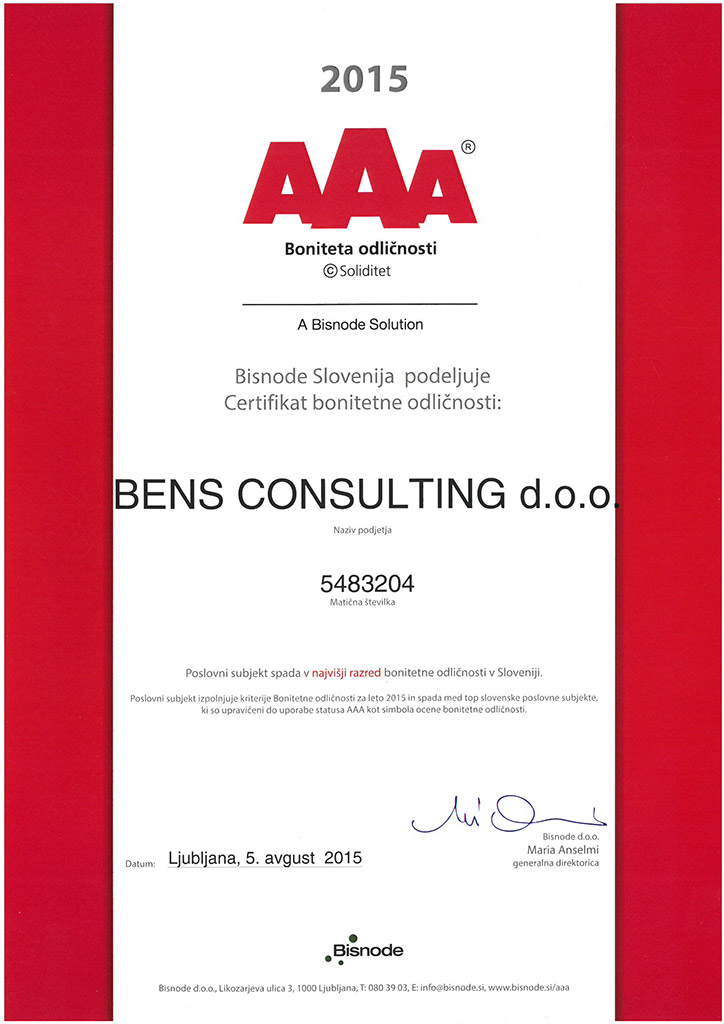Now, if the subject didn’t give it away, this post is going to include a bit more technical jargon. But I can’t do otherwise - so this is a bit of a spoiler alert.
Here’s a quick recapture if you’re not familiar with the case.
In July 2020 Denmark asked EU Commission for help in determining whether a product containing Alkyl (C12-16) dimethylbenzyl ammonium chloride is to their opinion a biocidal product. Here are the details:
- product which contains Alkyl (C12-16) dimethylbenzyl ammonium chloride (ADBAC/BKC (C12-C16)) in a concentration of 2,4 %
- it’s marketed in Denmark by the manufacturer
- Product is defined as long-acting cleaning agent for removing layers of build-up on timber, brickwork, roofing slabs, paving stones, and other surfaces
On February 1st 2022 Commission Implementing Decision (EU) decided that this product is biocide. The basis for this decision is Article 3(1), point (a), of Regulation (EU) No 528/2012.
This is just a quick summary in case you don’t have time to go to the juicy part bellow.
I’ve quoted only the most important parts of EU Commission’s decision so you can get the fully understand the process flow and the basis of their decision.
“(9) According to the information submitted by Denmark, the manufacturer describes the product as a long-acting cleaning agent for removing layers of build-up on timber, brickwork, roofing slabs, paving stones, and other surfaces and, in the technical datasheet, it indicates that the product is to be used only outdoors.
The manufacturer also states that heavily soiled surfaces should first be cleaned using a detergent from the same manufacturer before the surface is treated with the product.
Denmark further submitted information from a distributor and from online points of sale. The distributor claims that the product breaks down growth and provides protection from regrowth.
According to the distributor, such growth can be seen as a green build-up on the surface or as dark stains – particularly in places which are shaded from the sun by trees or shrubs, on north-facing sides, and where there is a lot of moisture.
The distributor specifies that this build-up of growth does not directly damage the timber, but spreads into a large, continuous mass, which prevents moisture from escaping.
In an online point of sale, it is claimed that the product has preventive effects.
Denmark also submitted that, in another online point of sale, the product is included in a category of products aimed at cleaning wood, paving and roofs and which are described as having a direct effect on algae on surfaces.
(10) It therefore appears that the product is intended to prevent and control the growth of unwanted algae, which meet the definition of a harmful organism as set out in Article 3(1), point (g), of Regulation (EU) No 528/2012.
(11) Given that the product contains an active substance and is intended to exert a controlling effect on a harmful organism by a mode of action that is not merely physical or mechanical, the product should be considered a biocidal product as defined in Article 3(1), point (a), of Regulation (EU) No 528/2012.
(12) Since product-type 2, as defined in Annex V to Regulation (EU) No 528/2012, covers products used as algaecides not intended for direct application to humans or animals, the product should fall within product-type 2.
(13) The measures provided for in this Decision are in accordance with the opinion of the Standing Committee on Biocidal Products,”
So due to these facts, the Commission has adopted this decision:
“A product containing the active substance Alkyl (C12-16) dimethylbenzyl ammonium chloride in a concentration of 2,4 % and which, based on the information provided by the manufacturer or by distributors, is intended to be used against algae, shall be considered a biocidal product within the meaning of Article 3(1), point (a), of Regulation (EU) No 528/2012 and shall fall within product-type 2 as defined in Annex V to that Regulation.”
To wrap things up; the competent authority asked the European Commission for an opinion whether a specific detergent is also a biocidal product.
Because it is advertised as “The distributor claims that the product breaks down growth and provides protection from regrowth” and the fact that it contains a biocidal active substance Alkyl (C12-16) dimethylbenzyl ammonium chloride, the Commission concluded in this case it is a biocidal product, product type 2 (PT2).
All-in-all this shows what is essential for a biocidal product:
- presence of a biocidal active substance
- controlling effect on one or several harmful organisms (biocidal claims on the label)
Since both conditions are met, this can only mean it is also a biocidal product.
If you need help with registration of your biocides, we can help you. Send us an e-mail at info@bens-consulting.eu and we will find the best solution for your business.
P.S.: also feel free to check out our short videos on our Youtube channel on biocides and how to sell them on the European market.
- Video 1: What is a biocidal product?
- Video 2: Biocidal product types
- Video 3: What are biocidal active substances?
- Video 4: Registration of biocidal products
- Video 5: Want to sell biocidal products in the EU?






 Back to posts
Back to posts

